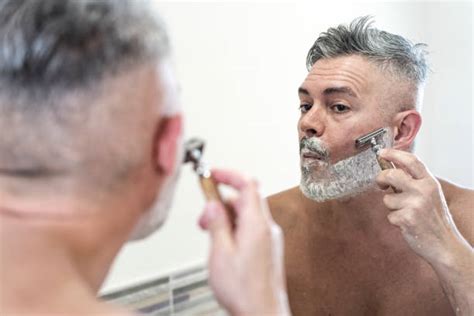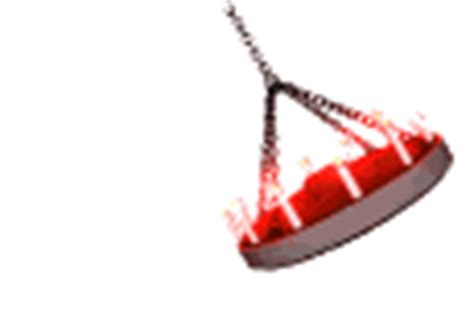How to eliminate razor burn for a consistently sharp, peak-performance look?
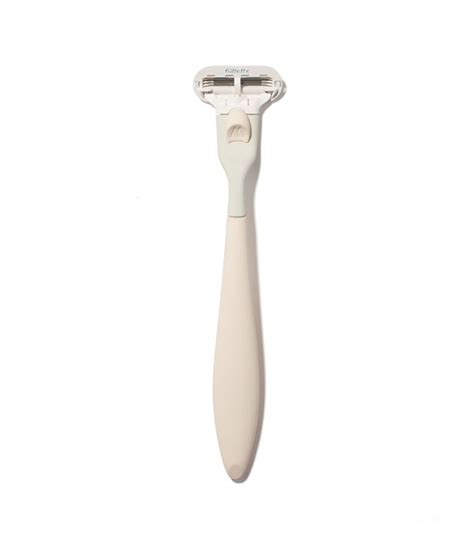
Achieving a Flawless Shave: The Battle Against Razor Burn
Razor burn is a common, irritating skin condition that can sabotage an otherwise sharp and professional appearance. Characterized by redness, bumps, and discomfort, it’s the bane of anyone striving for a consistently smooth, peak-performance look. Far from being a mere aesthetic annoyance, chronic razor burn can lead to ingrown hairs and even skin infections. But fret not – achieving a consistently smooth, irritation-free shave is entirely within reach with the right knowledge and routine.
Understanding the Enemy: What Causes Razor Burn?
Before we can conquer razor burn, we must understand its origins. It typically occurs when hair is cut improperly, leading to irritation. Common culprits include dull blades, shaving against the grain, insufficient lubrication, excessive pressure, and dry shaving. Each of these factors contributes to micro-abrasions and inflammation of the skin, resulting in the tell-tale signs of razor burn.
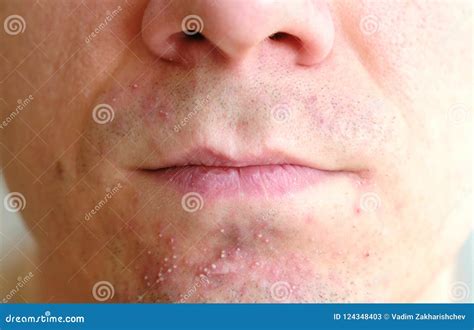
Phase 1: The Critical Pre-Shave Preparation
A successful shave begins long before the blade touches your skin. Proper preparation softens the hair and prepares the skin, minimizing friction and irritation.
- Cleanse and Exfoliate: Start by washing your face with warm water and a gentle facial cleanser. This removes dirt, oil, and dead skin cells that can clog pores and dull your blade. A mild exfoliant 2-3 times a week can further help lift hairs and prevent ingrowns.
- Warm Up: Shave after a warm shower or by applying a hot towel to your face for a few minutes. Heat opens pores and softens stubble, making it easier to cut.
- Pre-Shave Oil: For an extra layer of protection, massage a few drops of pre-shave oil onto your skin. It creates a protective barrier, reducing drag and protecting sensitive skin.

Phase 2: Mastering the Shaving Technique
Your shaving technique is paramount in preventing razor burn. Precision and patience are your best allies.
- Use a Sharp Blade: This is non-negotiable. A dull blade tugs at hair, causing irritation. Change disposable razors every 3-5 shaves, or cartridge blades every 5-7 shaves. For safety razors, replace the blade after 2-3 shaves.
- Lather Up Properly: Use a high-quality shaving cream or gel that produces a rich, thick lather. Apply it generously and let it sit for a minute or two to further soften the hair.
- Shave With the Grain: Always shave in the direction your hair grows. While shaving against the grain might give a closer shave, it significantly increases the risk of razor burn and ingrown hairs. For areas where hair grows in multiple directions, identify the growth pattern first.
- Light Pressure, Short Strokes: Let the razor do the work. Pressing too hard is a common mistake that leads to nicks and irritation. Use short, controlled strokes and rinse your blade frequently under warm water to clear away hair and cream.

Phase 3: The Essential Post-Shave Ritual
The care you give your skin immediately after shaving is just as important as the preparation and technique.
- Rinse with Cold Water: After you’ve finished shaving, rinse your face with cold water. This helps to close pores and soothe the skin, reducing redness and inflammation.
- Apply an Alcohol-Free Aftershave Balm: Skip harsh alcohol-based aftershaves, which can dry out and irritate already sensitive skin. Opt for a soothing, hydrating, alcohol-free aftershave balm containing ingredients like aloe vera, witch hazel, or chamomile.
- Moisturize: Even if your aftershave balm is moisturizing, applying a dedicated facial moisturizer can provide an additional layer of hydration and protection, keeping your skin supple and healthy.
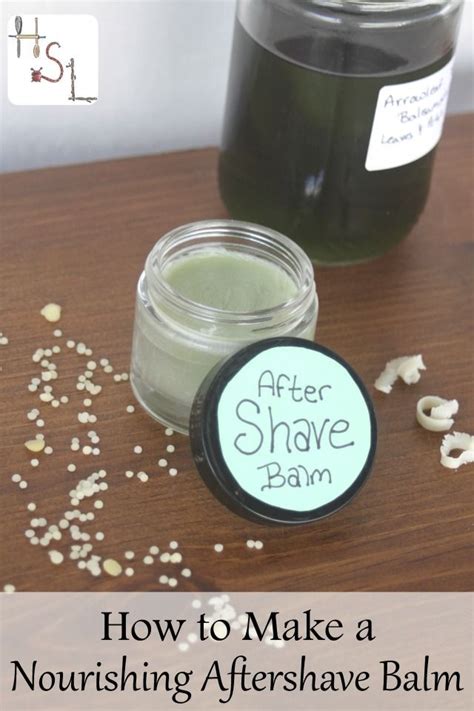
Ongoing Maintenance and Troubleshooting
Maintaining a razor burn-free complexion is an ongoing commitment.
- Regular Blade Hygiene: Always rinse your razor thoroughly after each use and store it in a dry place to prevent bacteria growth and maintain blade sharpness.
- Gentle Exfoliation: Continue with gentle exfoliation a few times a week to prevent dead skin cells from trapping new hair growth.
- Address Ingrown Hairs: If you spot an ingrown hair, avoid picking at it. Use a warm compress to help bring it to the surface, and if necessary, use a sterile tweezer to gently free the hair without pulling it out entirely. Products specifically designed for ingrown hairs can also be beneficial.
- Consider Your Tools: If razor burn persists despite your best efforts, consider switching your shaving method. A safety razor, electric shaver, or even trying different blade brands might make a significant difference.
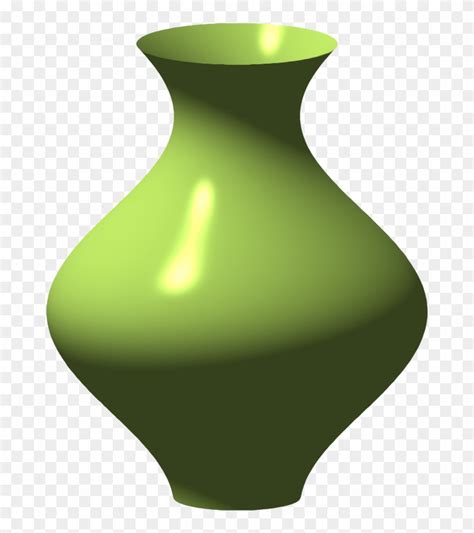
Embrace the Smooth: Your Path to a Peak-Performance Look
Eliminating razor burn isn’t just about comfort; it’s about confidence. By adopting a meticulous pre-shave, shave, and post-shave routine, and by paying attention to the details, you can banish irritation and consistently achieve that sharp, smooth, and refined look that exudes peak performance. Invest in your skin, and it will reflect positively in every aspect of your day.






